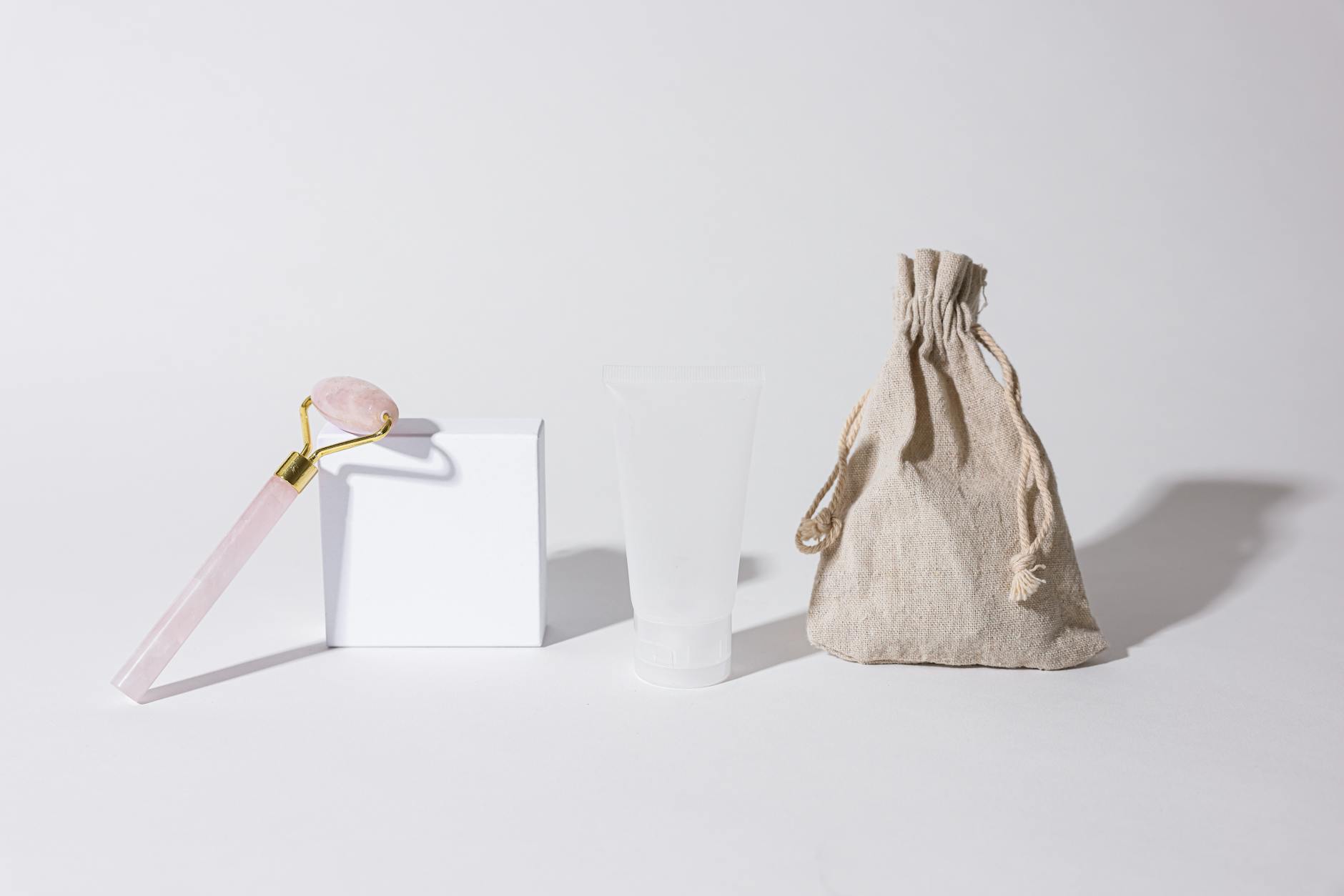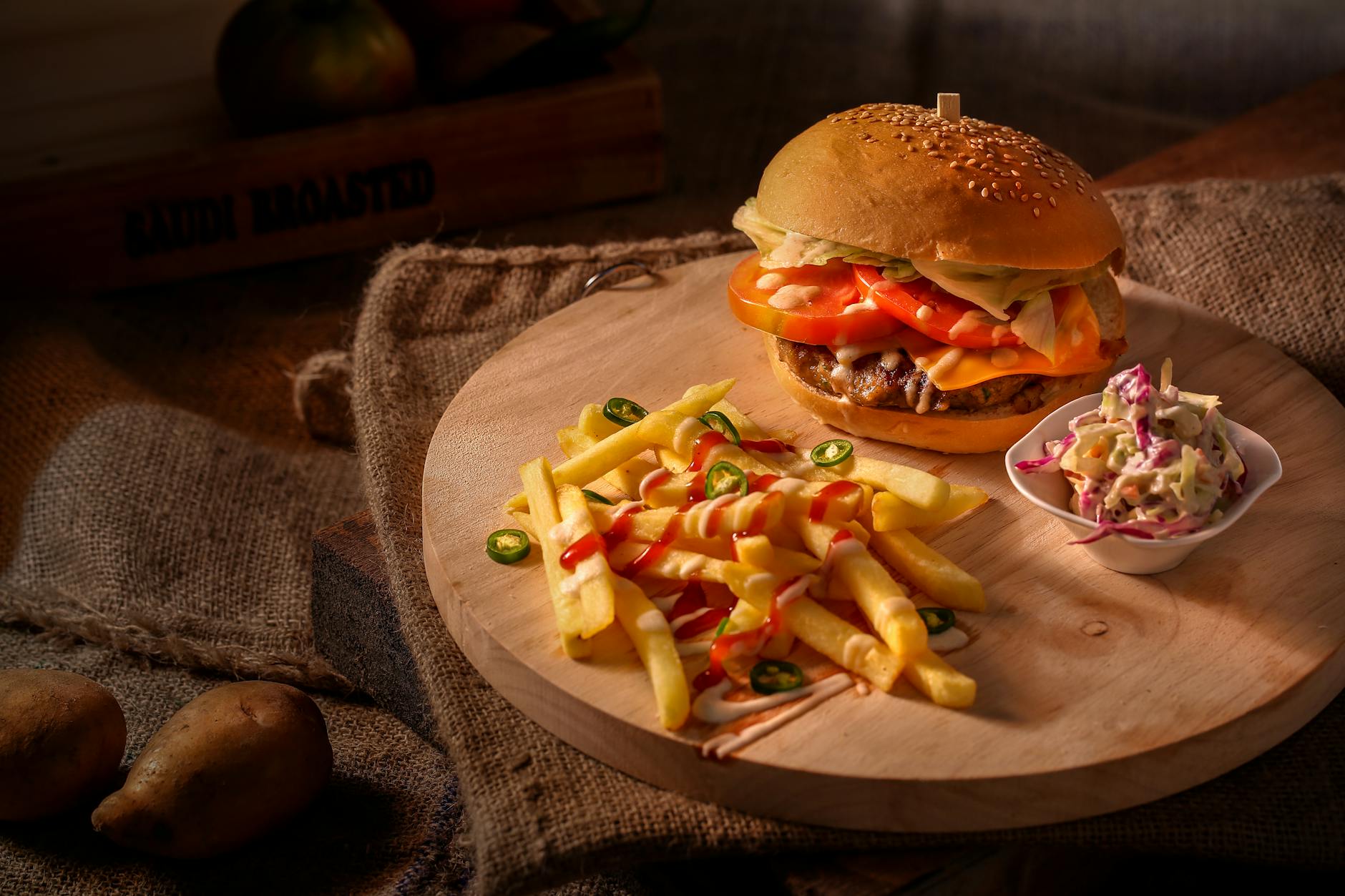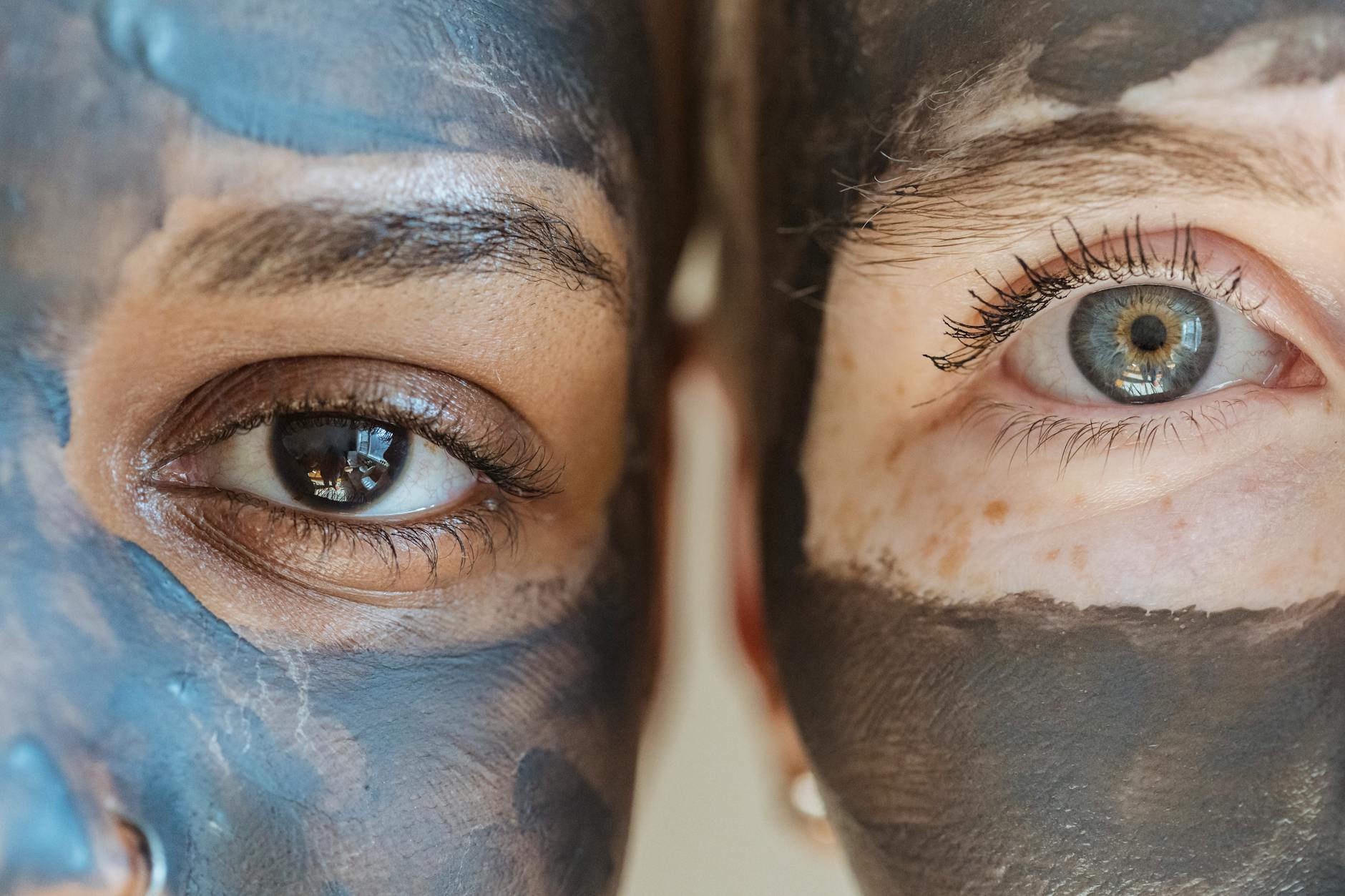Is Your Sunscreen Really Safe for Australia's Ecosystems?

Risks of Conventional Sunscreens
As a dedicated sustainability advocate, I've noticed that the harmful effects of conventional sunscreens are not always part of our environmental discussions, yet their impact is significant. Traditional sunscreens often contain ingredients like oxybenzone and octinoxate, which are notorious for their ability to wreak havoc on our cherished coral reefs. Research indicates these chemicals contribute to coral bleaching, a grave concern for ecosystems like the Great Barrier Reef. While investigating these impacts, I usually point to local biodiversity efforts such as the Brisbane Botanic Gardens to highlight the importance of protecting our precious environments, both terrestrial and marine.
Aside from coral reefs, another alarming concern is how these sunscreen chemicals impact marine wildlife. Compounds used in many sunscreens can accumulate in marine environments, affecting the health of fish and other aquatic organisms. This ripple effect can ultimately disrupt the entire ecosystem's balance. Understanding this, I urge my fellow sustainability advocates to consider alternatives like zinc sunscreen, which are generally recognized as safer for both our skin and the natural world. These mineral-based options create a physical shield against the sun without the chemical footprint of their conventional counterparts. For parents, a baby sunscreen that is free from harmful chemicals is crucial in nurturing a new generation that values and understands eco-conscious choices.
Living a more environmentally friendly lifestyle requires being informed and making conscious decisions. Switching to greener sunscreen alternatives is a step towards realigning our lifestyle with our ecological values.
Understanding Eco-Friendly Options
What Makes a Sunscreen Reef-Safe
As someone keen on environmental conservation, I've discovered that not all sunscreens are created equal when it comes to preserving our precious ecosystems. Reef-safe sunscreens are becoming the gold standard, particularly for those of us who care deeply about marine life. In the lush setting of the Brisbane Botanic Gardens, I often explain to visitors that the term "reef-safe" usually implies products free from harmful chemicals like oxybenzone and octinoxate, which are notorious for contributing to coral bleaching. Using natural sunscreen is a practical step you can take to safeguard our waters.
Key Natural Ingredients
Speaking as an advocate for sustainability, I always recommend sunscreens containing mineral-based ingredients such as zinc oxide or titanium dioxide. These are pivotal not only for effective UV protection but also for being less harmful to marine environments. Picture the community projects in West End, where local initiatives focus on eco-conscious living. Choosing products featuring plant-based oils like coconut or jojoba oil can further enhance this ethos. These ingredients are less likely to disrupt delicate ecosystems, making them ideal choices for an eco-friendly lifestyle.
Certification Indicators
To make informed decisions, look for certifications like "Coral Reef Safe" or "EcoCert" labels on sunscreen packaging. These indicators ensure the product adheres to stringent environmental standards. It's akin to the educational programs at Lone Pine Koala Sanctuary, which emphasize the importance of preserving our natural world. Understanding these certification markers empowers you to select sunscreens that align with sustainable values, while contributing positively to conservation efforts.
Choosing the Right Sunscreen
Finding Eco-Conscious Brands
In our pursuit of safeguarding the Great Barrier Reef, identifying eco-conscious sunscreen brands has become more crucial than ever. As a part of our commitment to environmental preservation, we should consider those brands specifically marketed as reef safe sunscreen. Make sure they exclude harmful chemicals like oxybenzone and octinoxate, which are detrimental to marine ecosystems. I often discover such brands through local community projects in West End, where shared experiences and recommendations thrive.
Reading Labels Correctly
Sifting through product labels can feel overwhelming, but it becomes manageable once you focus on essential details. First, ensure that the sunscreen is broad-spectrum, providing protection against both UVA and UVB rays. Next, check for mineral-based active ingredients, such as non-nano zinc oxide or titanium dioxide, celebrated for their minimal environmental impact. Look out for additional identifiers like 'biodegradable' or 'ocean safe.'
Testing for Skin Compatibility
Once you've narrowed down potential products, it's time to test for skin compatibility. Sensitivity varies greatly, so apply a small amount on your forearm before heading out. Observe your skin's response over 24 to 48 hours to ensure no adverse reactions occur. Personal testing not only protects you but also ensures you can confidently recommend these products to environmentally conscious tourists eager to explore the wonders of the reef.
Best Practices for Sunscreen Use
Application Tips for Maximum Protection
To protect yourselves and our beautiful natural surroundings, it’s crucial to apply sunscreen properly. When you're outdoors, whether exploring the biodiversity of the Brisbane Botanic Gardens or enjoying other outdoor activities, ensure that you apply a generous amount of kids sunscreen to all exposed skin. This especially includes spots that are often overlooked, like your ears and the back of your neck.
Apply sunscreen at least 20 minutes before sun exposure to allow your skin to absorb it fully.
Reapplying Without Harm
Reapplying sunscreen diligently is vital, especially when swimming or sweating under the sun. Even the most eco-friendly sunscreen can wash off, affecting both your protection and the ecosystem. For an eco-conscious approach, consider using a biodegradable towel to pat your skin dry before reapplying evenly. This prevents dilution and maximises the benefit of the product, ensuring that both you and the environment remain shielded.
Combining with Other Protective Measures
Sunscreen alone isn’t enough. You can pair it with physical barriers for added protection and reduced chemical impact. Consider wearing wide-brimmed hats, UV-protective clothing, and sunglasses to minimise sun exposure. In addition, stay shaded during peak hours when UV rays are strongest. Embracing these eco-conscious lifestyle hacks helps avoid chemical runoff into our waterways, supporting marine life while keeping you safe from harmful UV rays.
Unveiling the Truth: Sunscreen Safety FAQs
Dispelling Sunscreen Myths
When it comes to sunscreen, misconceptions abound, and it’s crucial that we address them to foster informed choices, particularly with our vibrant community in Brisbane, where eco-consciousness is taking root. One of the biggest misunderstandings is the idea that products labeled "reef-safe" are automatically eco-friendly sunscreens. However, let’s dive into the necessity of scrutinising ingredients, such as avoiding oxybenzone and octinoxate, which can cause damage to marine environments, especially our beloved Great Barrier Reef.
Another misconception is that natural sunscreens with mineral bases, like zinc oxide, are less effective. In truth, these minerals have been proven to offer excellent broad-spectrum protection while being gentle on the skin. It’s the perfect companion for our outings to places like the Brisbane Botanic Gardens, where we cherish both the sun and our surroundings.
Validating Sunscreen Claims
Verifying product claims is another hurdle. Look for certifications that assure you of a sunscreen’s eco-friendliness, like the COSMOS-standard or the Environmental Working Group’s approval. Amidst many deceptive labels, these endorsements serve as guiding lights, ensuring you’re not compromising on quality or ethics.
For those seeking an active role, participating in community projects in West End offers a practical platform to learn about responsible consumerism, which includes making mindful choices about everyday products, including sunscreens.
Addressing Eco-Conscious Queries
Finally, to those who question the impact of their personal choices, remember that each action contributes to a larger effect. Integrating an eco-conscious lifestyle shift, such as selecting biodegradable sunscreen packaging, can ripple into larger environmental changes. Our collective efforts can be as impactful as the educational programs at Lone Pine Koala Sanctuary that empower youth to care for their environment actively.


